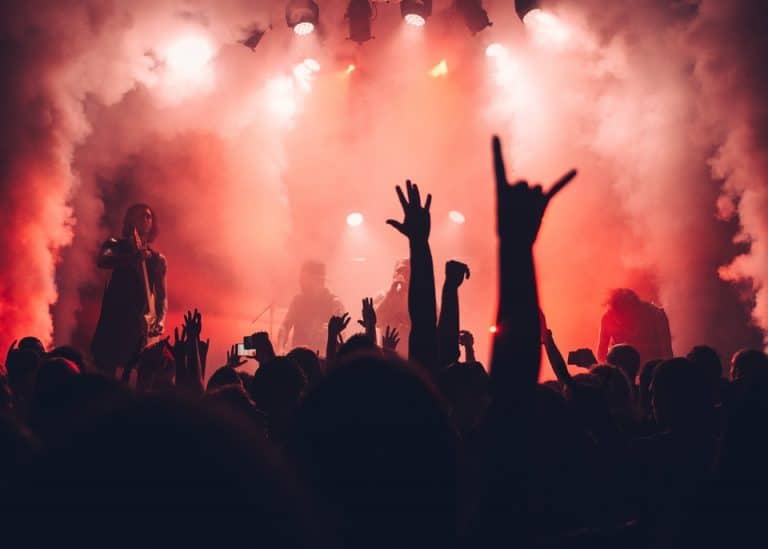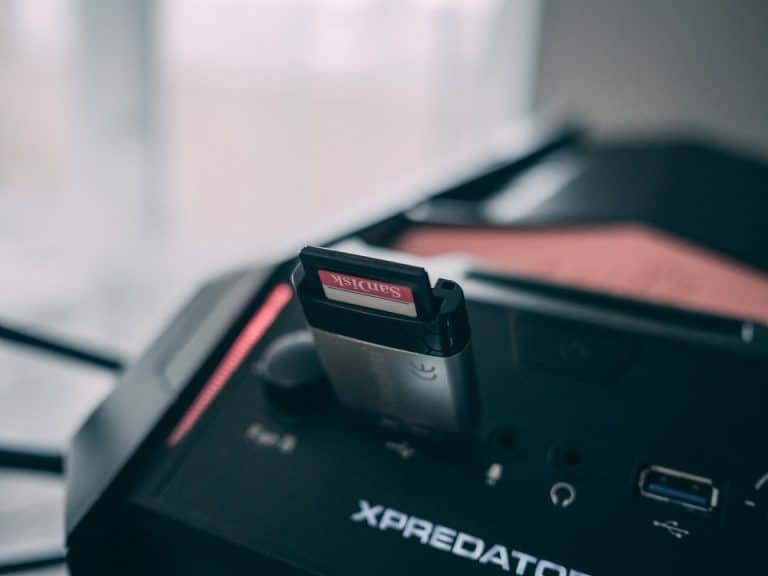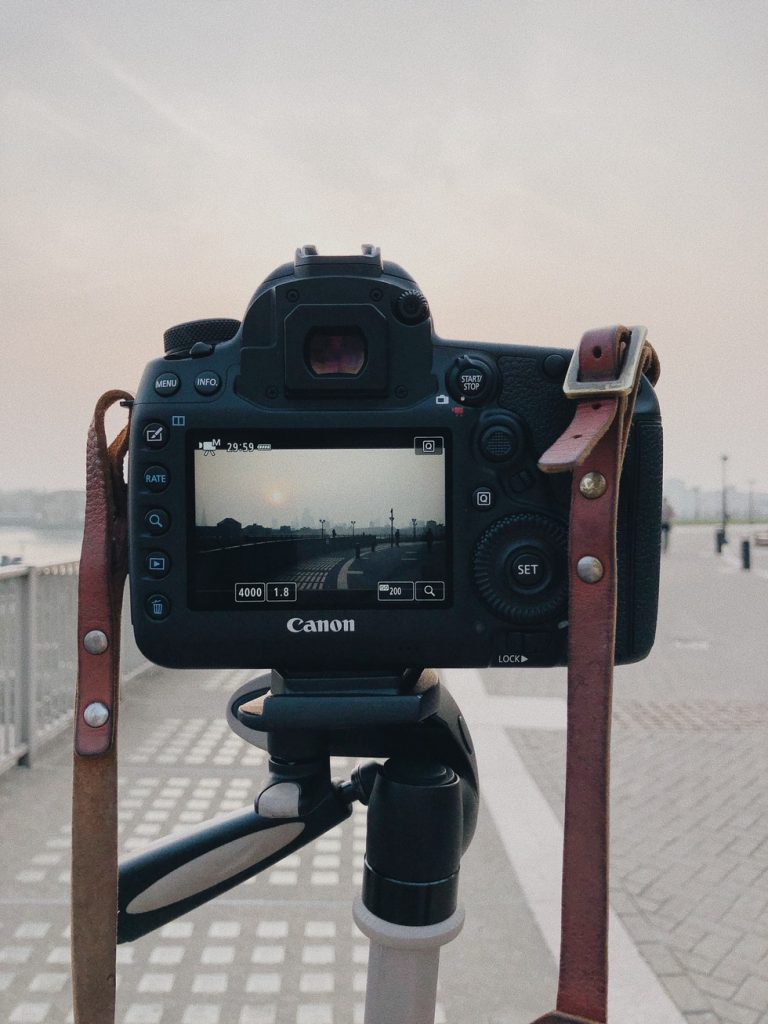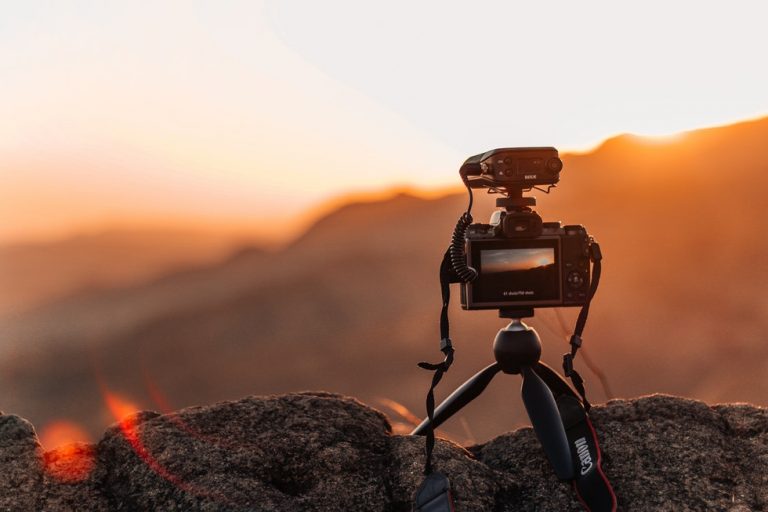Who doesn’t love a classic portrait? When you want to snap the ideal shot, you definitely need the right portrait lenses for your camera. For those of you shooting on Nikons, finding the best Nikon lens for portraits could feel like a challenge, but there are plenty of choices to land you that dream portrait.
Buyer’s Guide: Finding the Best Nikon Lens for Portraits
There are dozens of options for portrait lenses, which can make the experience overwhelming. We understand, so we took the time to research the best lenses for portraits and narrowed the list to our favorites.
Nikkor Z 85mm f 1.8 S
The Nikkor Z 85mm f 1.8 S lens is a viable frontrunner among Nikon lenses for several reasons. It’s sturdy and durable without adding excessive weight or bulk. However, you may notice a slight front-heaviness when using this lens with some cameras.
The autofocus is impressive in speed and quietness. It reacts smoothly and easily to shifts in eye movement. As a bonus, this Nikon lens is weather sealed.
Nikkor Z 58mm f 0.95 S Noct
Experienced photographers seeking speed, image quality, and impressive bokeh may want to check out this lens. This Nikkor Z 58mm lens is the fastest Nikon makes, and it will give you a seriously stunning shot.
To create a lens with such impressive capabilities, Nikon compromised on size and price. This lens is bigger and heavier, with a price tag to match. That said, if you can afford it and desire one of the best portrait lenses around, you may want to consider it.
NIKKOR 35mm f 1.4G
If you’re looking for a portrait lens for a full frame camera, you can’t go wrong with this classic Nikkor lens. It’s one of the best lenses for Nikon lovers and is tough to beat in sharpness, detail, and depth of shadows. Plus, you can expect a quick focus and a decent size and weight.
NIKKOR 50mm f 1.8G
Price-conscious photographers may want to consider the Nikkor 50mm f 1.8G for those fun, casual shots of family and daily life. It delivers excellent portraits in a compact, user-friendly package, and it works with full frame Nikon DSLRs.
NIKKOR 50mm f 1.4G
If you like the Nikkor 50mm f 1.8G lens and work with a full frame Nikon DSLR, but desire something more complex with a sharper result, you may want to jump to one of these portrait lenses. The Nikkor 50mm f 1.4G creates a dramatically different portrait with a notable improvement in bokeh quality.
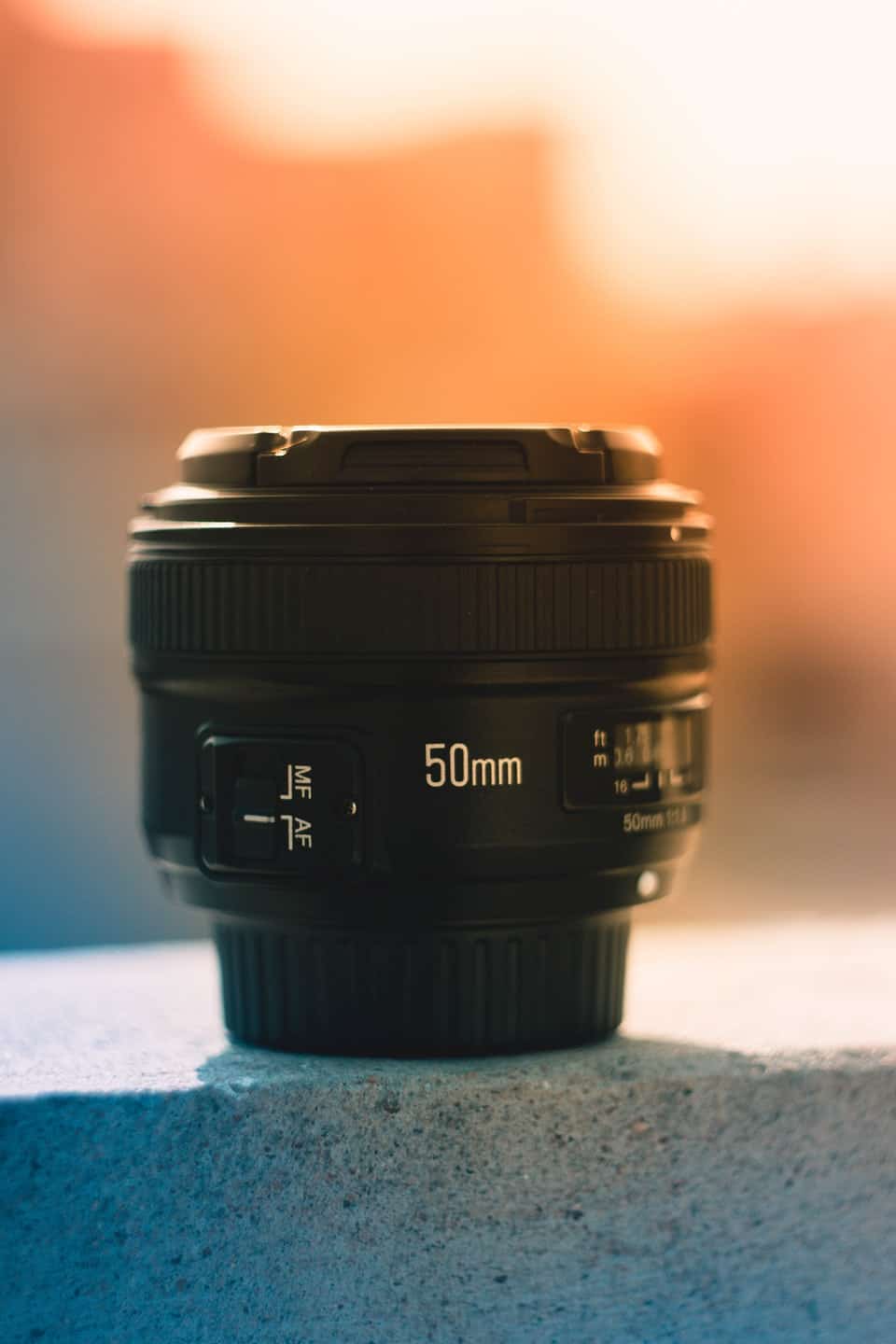
Sigma 35mm F1.4 Art
Like other Sigma lenses, this is a high-quality option for portraits, especially if you’re using a full frame camera Nikon DSLR. It’s one of the more versatile options that give you plenty of depth and bokeh in a durable, quality package.
Zeiss Milvus 35mm f 1.4
Talk about a unique take on portrait lenses for Nikon! The unique shape of the Zeiss Milvus 35mm f 1.4 lens provides gorgeous bokeh while limiting flares and ghosting to deliver quality shots.
Tamron 85mm f 1.8 VC
One of the more intriguing options on our list, this lens is a true performer offering image stabilization in one affordable package. It’s not the lightest of the lenses for Nikon, but it won’t way you down or put you off-balance.
NIKKOR 85mm f 1.8G
This Nikon f 1.8G lens remains a popular choice for portraits and special event photography. It may not be the best lens for portraits, but it’s compact but effective enough to deliver quality shots in almost any situation.
NIKKOR 70-200mm f 2.8E
If you can handle the size and weight of this lens, you won’t be disappointed. It delivers some of the crispest shots at every zoom range. Given its versatility, you can certainly use this lens for more than portraits.
Tamron 70-200mm f 2.8
Photographers who like the Nikkor 70-200mm f 2.8E but can’t manage the price may want to try the Tamron 70-200mm f 2.8. It’s geared toward portrait photographers with exceptional quality and sharpness at every zoom range, and the price is right.
Sigma 135mm f 1.8 Art
When a sharp image is your heart’s desire, you could do much worse than this Sigma 135mm f 1.8 Art lens. It fits with the full frame Nikon DSLRs and only produces minor color aberrations. The extra-sharp image and gorgeous bokeh make up for the weight and complete lack of image stabilization.
ZEISS Milvus 25mm f 1.4
Do you need a wide angle lens? The Zeiss Milvus 25mm f 1.4 may distort the image a bit at max focal length, but you can still snap some impressive depth and unbelievably sharp portraits with this one. It’s not the best lens portraits, but it delivers unique, full frame shots.
Nikon 105mm f 1.4E
Inexperienced photographers may appreciate the Nikon 105mm f1.4E lens because it is user-friendly and delivers a sharp shot with plenty of contrast. It comes with a slightly higher price tag than similar lenses, but the image quality and ease of use could be worth it for some. It’s easy to focus and has a full frame sensor that delivers high-resolution shots.
Nikon 24-70mm f 2.8E VR
Photographers seeking quality images and exceptional image stabilization may want to check out the Nikon 24-70mm f 2.8E VR lens. It’s a top-performer with awesome quality, but prepare to pay for it in terms of cost and size.
NIKKOR 85mm f 1.4G
Prepare to pay a premium for this lens, but it may be worth your while if you prize exceptional speed and quality. It’s a stellar option for experienced photographers looking to up their game.
Sigma 105mm f 1.4 Art
If you can get over the larger size and heavier weight of the Sigma 105mm f 1.4 art lens, you will be rewarded with some of the sharpest images with the most gorgeous bokeh you could want.
Sigma 85mm f 1.4 Art
In terms of performance, it’s tough to beat this lens. It’s fast and easy to use, but it may not deliver the sharpest shots and it comes in on the heavier side. As far as portrait lenses go, you could do a lot worse.
Nikkor Z 24-70mm f 4 S
For those photographers seeking a lighter, lower-profile lens for portraits that still accommodates the full frame area, the Nikkor Z 24-70mm f 4 S may be a good choice. You get a sharp picture with slight softness at the edges, which tends to work well for portraits.
Nikkor Z 70-200mm f 2.8 VR S
If you tend to shoot in low light and don’t mind the extra weight, the Nikkor Z 70-200mm f 2.8 VR S could fit the bill. The most significant benefit for this lens in terms of portrait shots is the image stabilization.
Nikkor Z 50mm f 1.8 S
Though it’s not far off the Nikkor Z 85mm S, this lens isn’t as suitable for portraits and feels bulky. That extra weight makes it durable and sturdy, and while it delivers sharp images, it’s on the pricey side of 50mm lenses.
Nikkor Z 24-70mm f 2.8 S
The Nikkor Z24-70mmm f 2.8S is another lens that may better serve professional photographers. In some ways, it’s a little slower than some of the other lenses on this list, but delivers a quality shot with good bokeh.
Nikkor Z DX 50-250mm f 4.5-6.3 VR
Let’s talk about a versatile option for photographers on a budget. You get sharp images from this affordable compact lens. It may not work well for everyone, given the plastic build and lens mount, and surprisingly slow maximum aperture.
Samyang/Rokinon MF 85mm f 1.4 Z
This lens is a great choice for photographers seeking more control over their portrait shots because it’s fully manual. Sturdy, durable, and weather-sealed, the Samyang Rokinon MF 85mm lens is a bargain for patient portrait photographers.
Tips for Choosing the Best Nikon Lens for Portraits
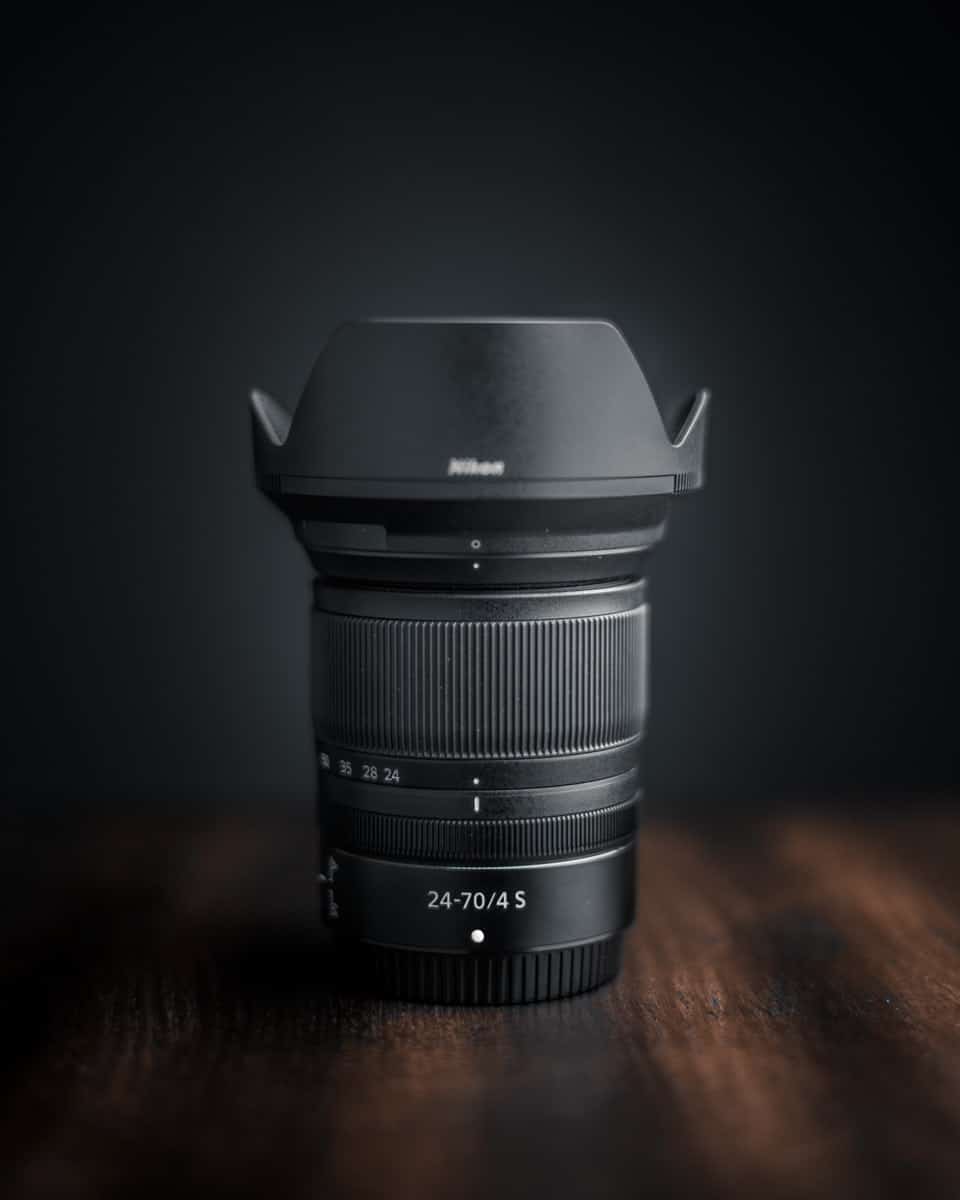
With so many similarities between lenses, it may help to review the top qualities to consider in a lens. Depending on your preferences and abilities, you may put more stock in one area than another, which could help you pick your best lenses for Nikon.
Maximum Aperture
Lighting may be your biggest challenge as a portrait photographer, which is why aperture matters. Aperture is the opening in your lens that allows light to pass through. It controls the lighting of your shot along with the depth of field.
Why Aperture Matters
Since lighting could be one of your biggest challenges, you want a faster maximum aperture so you can make the most of any lighting. This is especially true for outdoor photographers since you don’t always know what you’re dealing with.
Of course, this doesn’t mean you need the fastest maximum aperture on the market. You may want to invest a little extra to get a lens with an above-average max aperture speed.
Bokeh
We already mentioned it a lot in this piece because bokeh is an effect that plays a huge part in portraits. Bokeh is the effect that blurs the background to sharpen your subject. In some cases, it’s a general softening, while other photos have a swirling effect.
Why Does Bokeh Matter?
Bokeh is a subjective quality that depends on the photographer’s preferences. What one person deems gorgeous bokeh may be despised by another photographer. Determine your personal preferences and choose a lens that helps you create the effect you desire.
Focal Length
There are generally three criteria to determine whether or not a lens will work for portraits – maximum aperture, bokeh, and focal length. The focal length determines the distance between your subject and the background.
Not every lens works well with portraits because you have to stand too close or too far to capture the shot, creating different issues. You want a focal length that can accomplish three main things:
- Magnify the subject enough so that only their head and shoulders fit the frame.
- Blur the background enough to create separation from the subject.
- Create a perspective that is flattering for your subject.
Focusing
Autofocus is a convenient feature, especially in terms of portraits, but not every photographer appreciates the automation. Consider how you like to photograph before purchasing a lens with autofocus, especially if you prefer a methodical approach where you have full control.
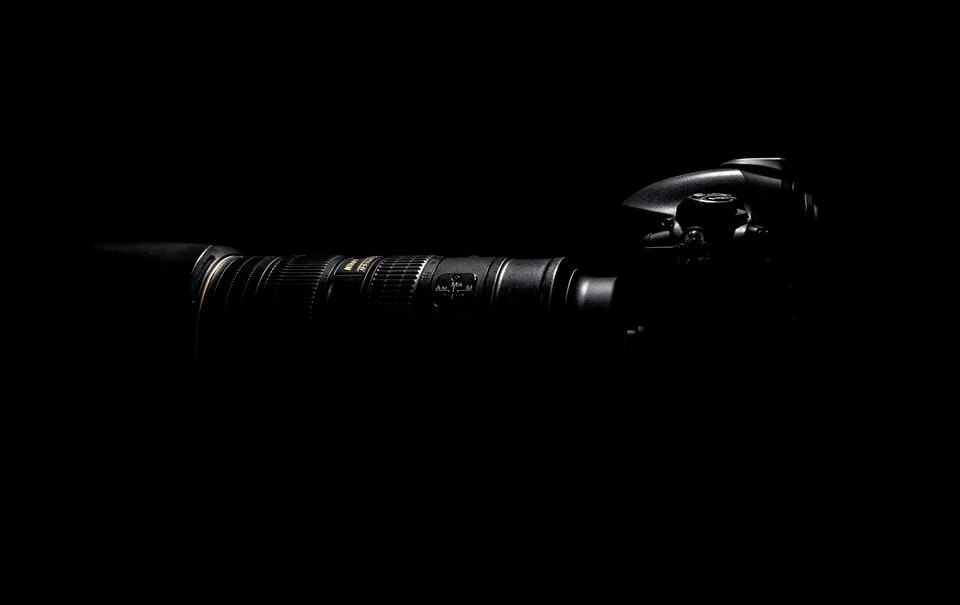
Sharpness
When it comes to sharpness, you really just want to avoid a lens that performs badly. For the most part, as long as a lens delivers above-average sharpness, you should be satisfied with your photos.
Tip: you don’t necessarily want a lens that captures every imperfection as much as one that provides enough detail to bring your subject to life.
Primes vs. Zooms
One last issue to touch on is the issue of primes versus zooms. Prime lenses have fixed focal lengths, so you have to move closer or back away from your subject. Zoom lenses adjust for you so that you can stay in one position.
Primes tend to deliver sharper images, but as we noted, it’s not the only consideration when you’re taking portraits. Additionally, primes tend to be faster and more expensive than zooms.
Consider your personal preferences, including your budget, when choosing between primes and zooms. Weigh your options in terms of your personal style and the types of shots you plan to take.
FAQs
Do you still have questions about the best lenses for Nikon? We thought you might! So, we created this FAQ section to answer some of the questions we haven’t touched on yet.
Which is better for portraits, 50mm or 85mm?
There are some distinct differences between 50mm and 85mm lenses. Understanding those differences can help you choose the right lens to meet your needs.
Depth of Field
In short, the depth of field is how far you need to stand from your subject. The 85mm lens requires a minimum distance of 2.8 feet, while the 50mm lens can handle a minimum distance of 1.15 feet. You’ll get more blur of the background with an 85mm lens.
Frame Size
Are you planning to shoot in a scenic area? If so, you may want to opt for the 50mm lens so that you can capture more of that backdrop. On the flip side, if you want to hide the background, opt for the 85mm lens.
What Nikon lens is best for family portraits?
Like any other portraits, it depends heavily on the circumstances of the photo session. Are you thinking about an outing at a local park or at home by the fireplace? Like any other portrait, you want a lens that works with your setting and personal preferences.
What is the Best Lens for Portrait Photography?
This is a loaded question that depends heavily on personal preference. There are some common elements that a lens should have for portraits, but you will get a fair amount of variation depending on the setting. What works for an outdoor shot may not hold up as well in a studio.
When selecting a portrait lens, consider the environment and your personal preferences. For example, if you like to snap photos on the street, in the park, or around town, you may want to go with a 50mm lens. On the other hand, if you prefer to work in a studio and love a unique bokeh effect, you may want to explore the 85mm lenses.
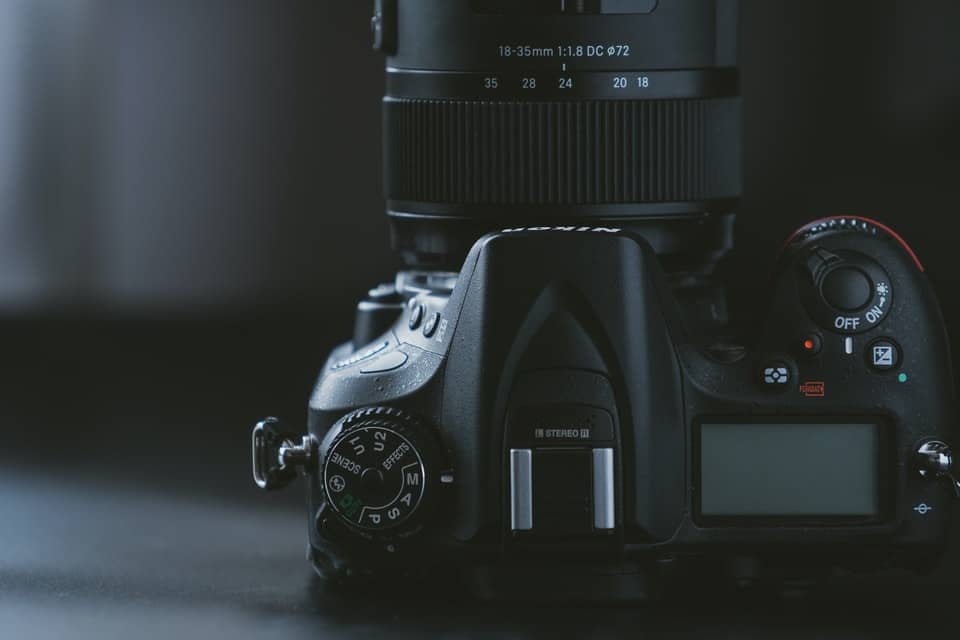


![5 Top Reasons Why You Need a 50mm Lens! [Updated for 2021]](https://colesclassroom.com/wp-content/uploads/2013/08/50mm-lens.jpg)
